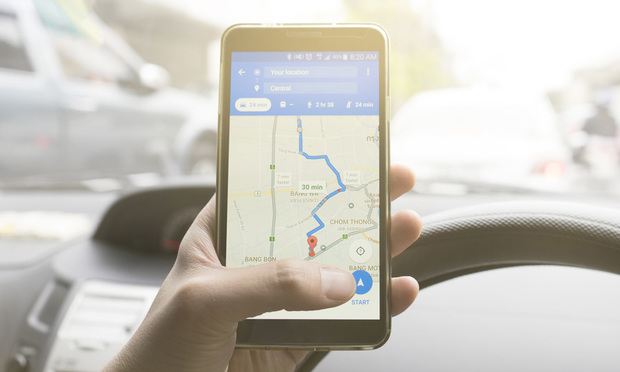Litigants possess a powerful tool for winning cases that is hiding in plain sight: Internet mapping services, like Google Maps. Once an unreliable source from the standpoint of the rules of evidence, the overwhelming use—and increased reliability—of Internet mapping services has established them as an essential tool in today’s society. Their importance has been confirmed by the New York State Legislature which, in December 2018, enacted an amendment to CPLR 4511 that allows courts to take judicial notice of the data and images provided by Internet mapping services, with a rebuttable presumption that they are accurate. But the dearth of case law since then suggests that the amendment is underutilized and underappreciated, although two recent cases demonstrate the amendment’s potential power.
The Rise of Mapping Services
The “dot-com” boom of the 1990s and 2000s produced countless iconic innovations, from the Internet itself to smartphones, e-commerce and, of course, Internet mapping services. The early Internet mapping applications were limited to, for example, providing step-by-step directions from one place to another. Since then, however, Internet mapping services have developed at an incredibly rapid pace, becoming faster and increasingly reliable—to the point where they can now produce three-dimensional satellite images of almost 98% of the parts of the world where people live (Richard Nieva, Google Maps has now photographed 10 million miles in Street View (December 2019)), often with a variety of images from different years, all at the click of a mouse or tap of a finger. Today, over a billion people use just one of those applications, Google Maps, each month. Ethan Russell, 9 things to know about Google’s maps data: Beyond the Map (September 2019).


 Navigation service by Google
Navigation service by Google




